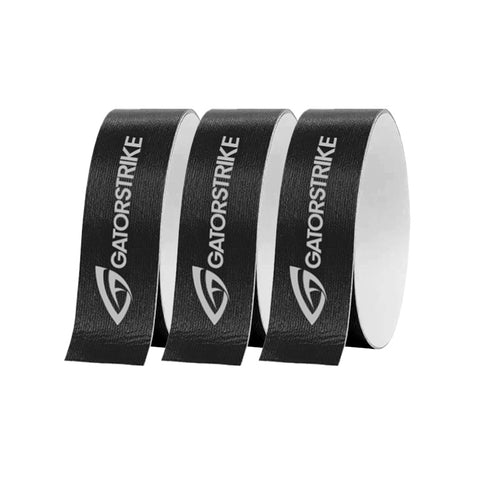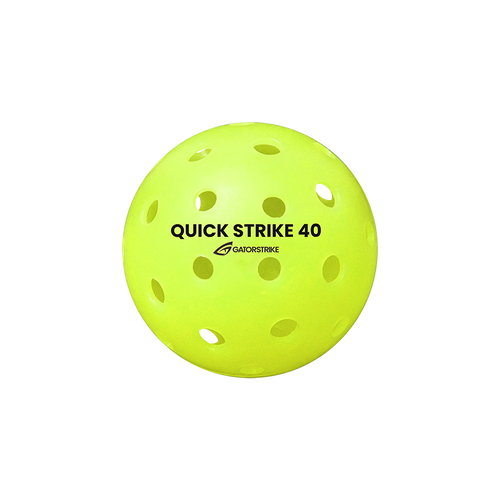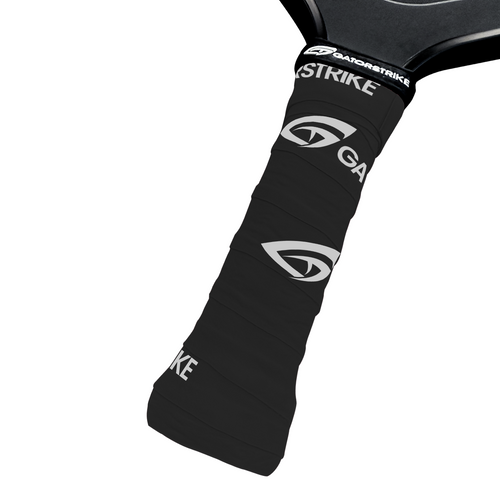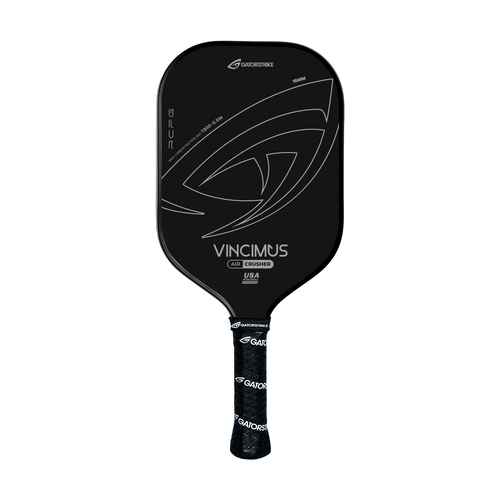
The Dink Whisperer: Mastering Soft Shots with Precision and Patience
Share
In the fast-paced world of pickleball, where power slams and rapid-fire volleys often steal the spotlight, the gentle art of the dink remains the unsung hero of winning gameplay. While it might look deceptively simple, the dink—executed with finesse, precision, and patience—is a strategic masterpiece that can outwit even the most aggressive adversary. Welcome to the realm of the dink whisperer, where soft hands and sharp minds rule the kitchen line.
What Is a Dink, Really?
A dink is a soft, controlled shot hit from near the non-volley zone (NVZ) that lands delicately over the net and into the opponent’s kitchen. It’s neither a lob nor a drive. It’s a subtle, almost poetic motion—a chess move, not a knockout punch.
At its core, the dink is a neutralizing tool. It's designed to slow the game down, minimize your opponent’s attack options, and create openings through patient play. When mastered, it becomes an offensive weapon disguised as a defensive maneuver.
The Anatomy of a Perfect Dink
Becoming a dink whisperer means understanding the biomechanics behind the shot. Here’s a breakdown of what makes a dink truly effective:
- Soft Hands: The paddle grip must be relaxed, not clenched. A death grip leads to overhitting. Think feather-touch finesse.
- Low-to-High Motion: The paddle moves gently from low to high, like a pendulum, allowing for a controlled arc over the net.
- Lift, Don’t Flick: The wrist remains firm, with motion originating from the shoulder and elbow—minimizing erratic behavior.
- Paddle Angle: Keep it slightly open to guide the ball up and over with backspin or no spin, depending on your intention.
Why Patience Pays Off
One of the biggest challenges for players learning to dink is resisting the urge to escalate. It’s tempting to smash a high ball or go for a risky angle. But true dink mastery means embracing the rally and waiting for the perfect moment to strike.
Patience during a dinking exchange forces your opponent to hit multiple precision shots in a row—a mental and physical challenge. Eventually, they’ll falter: pop it up too high, miss wide, or drive the ball into the net. Your job? Stay serene and surgical.
Strategic Uses of the Dink
Dinks are not just for defense—they’re loaded with strategic utility:
- Resetting the Rally: After a chaotic exchange or hard-hitting volley, a dink re-centers the point and puts you back in control.
- Disrupting Rhythm: Consistent dinking can slow down opponents who rely on speed and power.
- Forcing Movement: Cross-court dinks stretch your opponent laterally, potentially opening the middle or drawing them out of position.
- Creating Pop-Up Opportunities: Eventually, a dink played with just the right depth and spin will elicit a weak return. That’s your invitation to pounce.
Drills to Sharpen Your Soft Game
To become a dink whisperer, deliberate practice is essential. Here are a few pro-level drills:
- Straight-On Dinking: Stand across from a partner at the NVZ and dink straight ahead, focusing on consistency and touch.
- Cross-Court Dinking: Adds the challenge of angles and footwork.
- Dink-to-Drive Transition Drill: Practice mixing in a surprise speed-up after a series of dinks to simulate match scenarios.
- The Dink Ladder: Progressively dink from short to deep, increasing difficulty and control.
Mind Over Muscle
Perhaps the most underrated component of dinking is mental discipline. Staying composed during long dinking rallies requires laser focus and emotional control. If you’re too eager to finish the point, your precision suffers. Trust in the process, and understand that the dink isn’t about domination—it’s about disruption.
Final Thoughts: Embrace the Whisper
Mastering the dink isn’t about showing off. It’s about showing up with nuance, balance, and a touch of wizardry. The dink whisperer isn’t the loudest player on the court—they’re the most strategic, the most mindful, and the most in tune with the rhythm of the game.
So next time you step into the kitchen, remember: the softest shots often make the loudest statements.

















